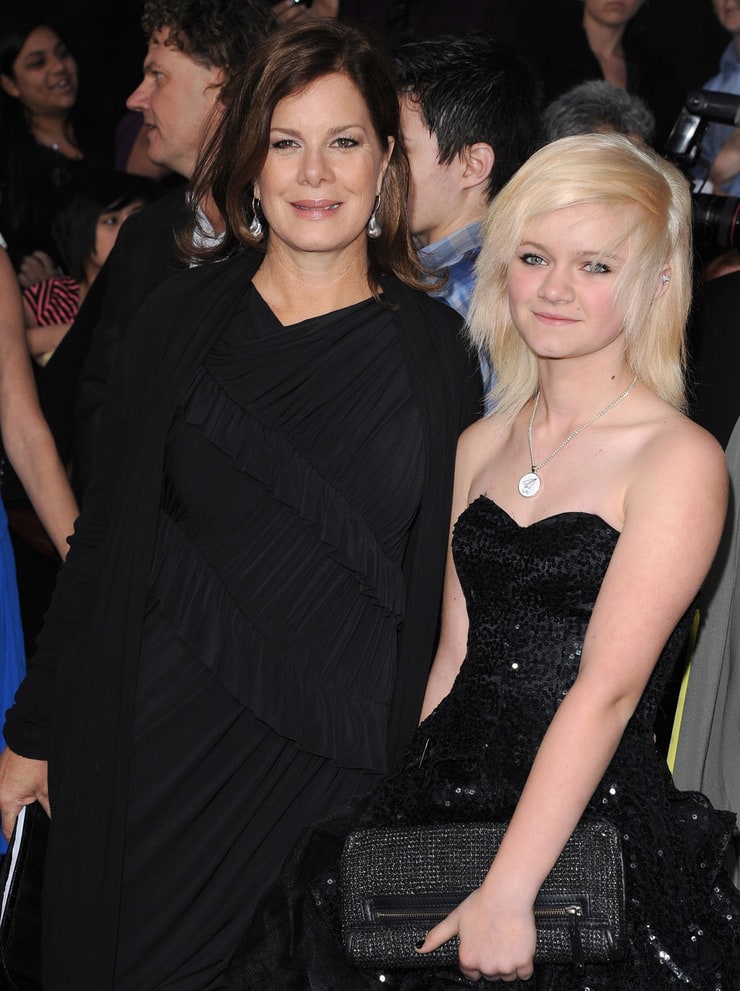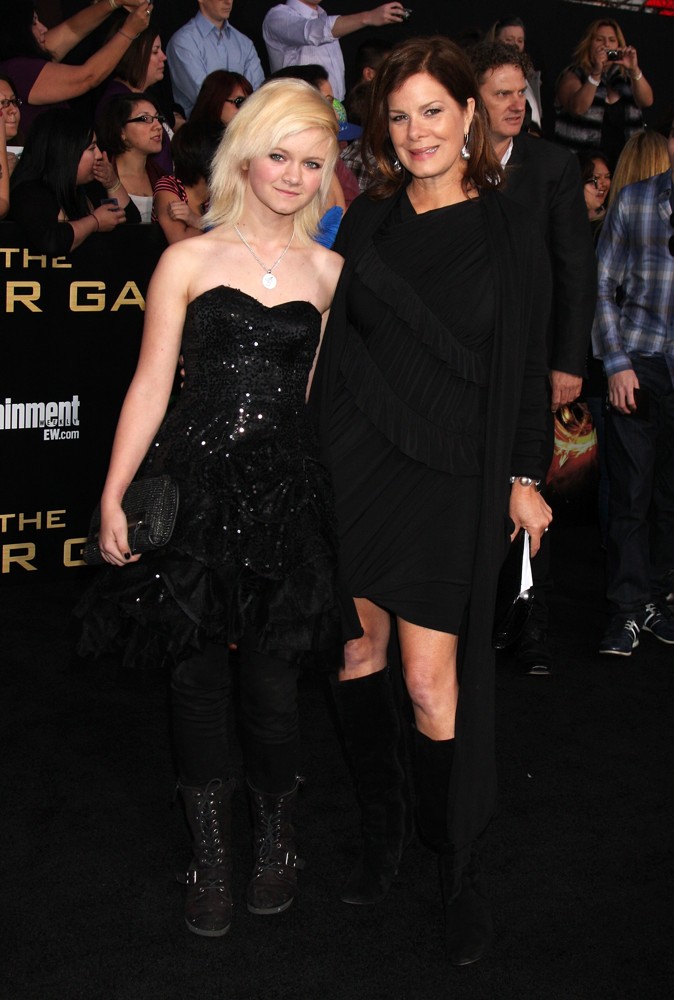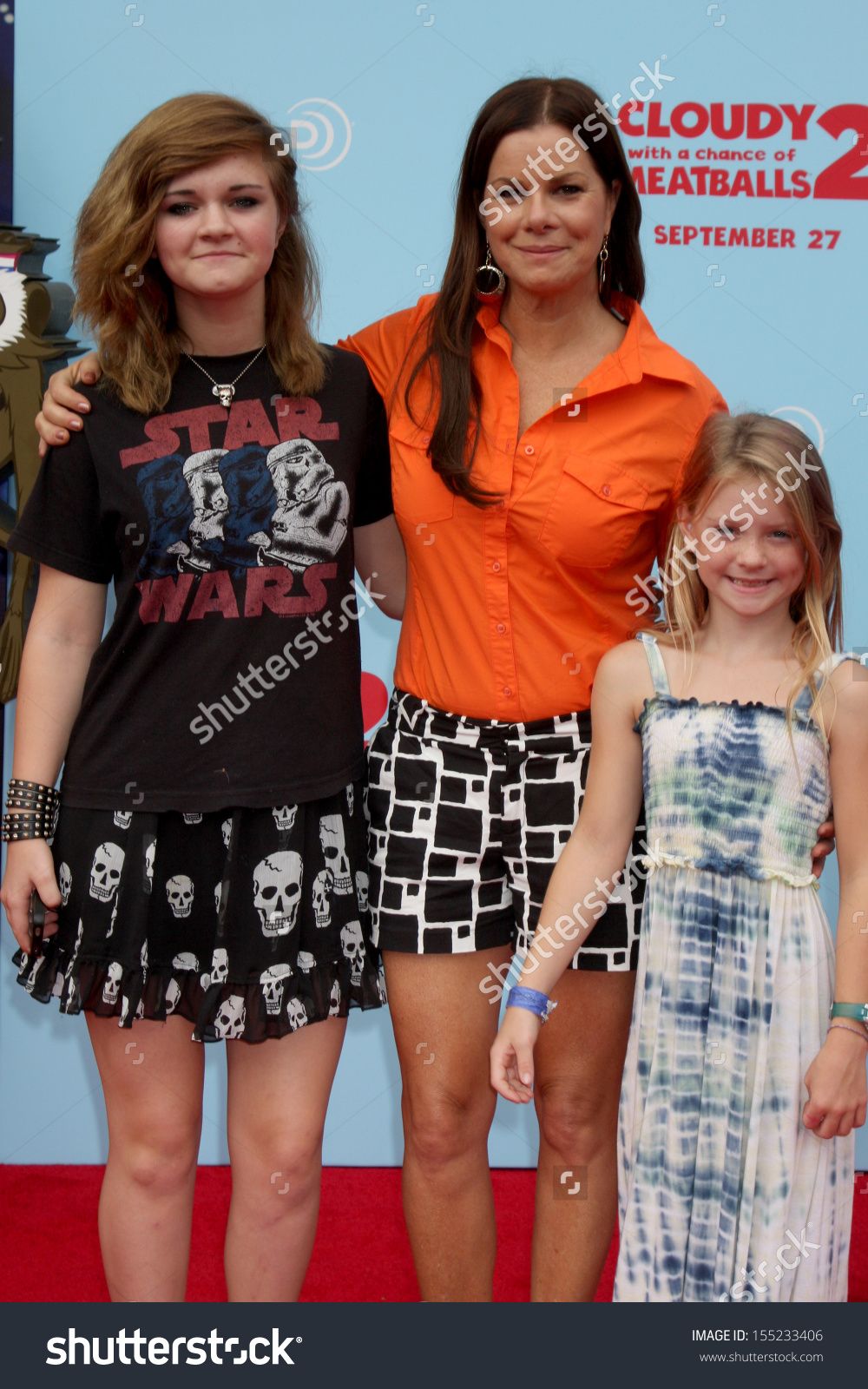Eulala Scheel was an American artist and art educator known for her innovative approach to painting and her dedication to promoting art education.
Scheel was born in 1879 in Chicago, Illinois. She studied art at the School of the Art Institute of Chicago and the Acadmie Julian in Paris. After returning to the United States, she taught art at the University of Chicago and the Art Institute of Chicago. Scheel was a prolific artist, and her work was exhibited in major museums and galleries throughout the United States and Europe.
Scheel's paintings are characterized by their bold colors and geometric forms. She was influenced by the work of the Fauves and the Cubists, but she developed her own unique style. Scheel's paintings often explore the relationship between color and form, and they often have a sense of movement and energy.
In addition to her work as an artist, Scheel was also a dedicated art educator. She believed that art education was essential for the development of the whole person. She developed a number of innovative teaching methods, and she was a mentor to many young artists.
Scheel's work has been praised for its originality and its contribution to the development of modern art. She is considered one of the most important American artists of the early 20th century.
Eulala Scheel
Eulala Scheel was an American artist and art educator known for her innovative approach to painting and her dedication to promoting art education.
- Artist: Scheel was a prolific artist, and her work was exhibited in major museums and galleries throughout the United States and Europe.
- Educator: Scheel was a dedicated art educator, and she developed a number of innovative teaching methods.
- Color: Scheel's paintings are characterized by their bold colors.
- Form: Scheel's paintings are characterized by their geometric forms.
- Fauves: Scheel was influenced by the work of the Fauves.
- Cubists: Scheel was influenced by the work of the Cubists.
Scheel's work has been praised for its originality and its contribution to the development of modern art. She is considered one of the most important American artists of the early 20th century.
| Name: | Eulala Scheel |
| Born: | 1879, Chicago, Illinois |
| Died: | 1971, Chicago, Illinois |
| Education: | School of the Art Institute of Chicago, Acadmie Julian |
| Occupation: | Artist, art educator |
| Known for: | Bold colors, geometric forms, innovative teaching methods |
Artist
Eulala Scheel was a prolific artist whose work was exhibited in major museums and galleries throughout the United States and Europe. This is significant because it demonstrates the high quality of her work and her recognition as an important artist of her time. Scheel's work was exhibited alongside that of other leading artists of the early 20th century, such as Pablo Picasso, Georges Braque, and Henri Matisse. This indicates that Scheel was considered to be on par with these major artists, and that her work was highly respected by the art world.
Scheel's success as an artist was due in part to her unique style, which combined elements of Fauvism and Cubism. Her paintings are characterized by their bold colors and geometric forms, and they often have a sense of movement and energy. Scheel's work was also praised for its originality and its contribution to the development of modern art.
Scheel's success as an artist had a number of practical implications. It allowed her to support herself financially through her art, and it also gave her a platform to promote her ideas about art education. Scheel was a dedicated art educator, and she believed that art education was essential for the development of the whole person. She developed a number of innovative teaching methods, and she was a mentor to many young artists.
Scheel's legacy as an artist and art educator continues to this day. Her work is still exhibited in major museums and galleries around the world, and her teaching methods are still used by art educators today.
Educator
Eulala Scheel was a dedicated art educator who developed a number of innovative teaching methods. Her commitment to art education was evident in her teaching, her writings, and her leadership in the field. Scheel believed that art education was essential for the development of the whole person, and she developed teaching methods that fostered creativity, critical thinking, and self-expression.
Scheel's innovative teaching methods were based on her belief that students learn best by doing. She developed a variety of hands-on activities that allowed students to experiment with different materials and techniques. She also encouraged students to learn from each other, and she created a classroom environment that was supportive and collaborative.
Scheel's teaching methods were highly effective, and her students went on to become successful artists, art educators, and leaders in the field. Her legacy as an art educator continues to this day, and her teaching methods are still used by art educators around the world.
The connection between Scheel's work as an educator and her work as an artist is evident in her belief that art should be accessible to everyone. She developed teaching methods that made art education accessible to students of all ages and backgrounds, and she created artworks that were intended to be enjoyed by a wide audience.
Scheel's work as an educator and her work as an artist were mutually reinforcing. Her teaching informed her art, and her art informed her teaching. She believed that art and education were essential for the development of the whole person, and she dedicated her life to both.
Color
Color is one of the most striking features of Eulala Scheel's paintings. Her use of bold, vibrant colors creates a sense of energy and movement in her work. Scheel's color choices were influenced by her study of the Fauves, a group of early 20th-century artists who used color in a non-naturalistic way to express their emotions.
Scheel's use of color is not simply decorative. She uses color to create specific effects and to convey particular meanings. For example, in her painting "The Red Mill," Scheel uses bright red to create a sense of urgency and excitement. In her painting "The Blue Tree," she uses blue to create a sense of calm and serenity.
Scheel's bold use of color was innovative for her time. In the early 20th century, many artists were still using color in a more traditional way, to depict realistic scenes. Scheel's use of color helped to break down these conventions and to open up new possibilities for artistic expression.
Today, Scheel's paintings are celebrated for their bold use of color. Her work has been exhibited in major museums around the world, and her influence can be seen in the work of many contemporary artists.
Form
The use of geometric forms is a defining characteristic of Eulala Scheel's paintings. This is significant because it demonstrates her unique approach to painting and her contribution to the development of modern art.
- Simplification of Form: Scheel simplified natural forms into geometric shapes, creating a sense of order and clarity in her work. This can be seen in her painting "Composition," where she reduces the human figure to a series of simple geometric shapes.
- Abstraction: Scheel's use of geometric forms allowed her to abstract her work from the natural world. This can be seen in her painting "Abstraction," where she uses geometric shapes to create a non-representational composition.
- Symbolism: Scheel sometimes used geometric forms to create symbols. For example, in her painting "The Tree of Life," she uses a geometric form to represent a tree, which is a symbol of life and growth.
- Influence of Cubism: Scheel's use of geometric forms was influenced by the Cubist movement. Cubism is an art movement that emerged in the early 20th century, and it is characterized by the use of geometric shapes to depict objects and figures.
Scheel's use of geometric forms had a significant impact on the development of modern art. Her work helped to break down the conventions of traditional painting, and it opened up new possibilities for artistic expression.
Fauves
Eulala Scheel was influenced by the work of the Fauves, a group of early 20th-century artists who used bold, vibrant colors and simplified forms to express their emotions. Scheel's exposure to Fauvism, particularly during her time in Paris, had a profound impact on her artistic style and contributed to her unique approach to painting.
- Color: The Fauves' use of bold, non-naturalistic colors had a significant influence on Scheel's work. She adopted their vibrant palette and used color to create a sense of energy and movement in her paintings.
- Form: The Fauves' simplification of forms into geometric shapes also influenced Scheel's work. She used geometric forms to create a sense of order and clarity in her paintings, while also experimenting with abstraction.
- Emotion: The Fauves' emphasis on expressing emotions through color and form resonated with Scheel. She used her paintings to convey her own emotions and experiences, often exploring themes of joy, sadness, and spirituality.
- Influence on Modern Art: Scheel's incorporation of Fauvist elements into her work contributed to the development of modern art. Her paintings helped to break down the conventions of traditional painting and opened up new possibilities for artistic expression.
In conclusion, Scheel's exposure to Fauvism played a pivotal role in shaping her artistic style and approach to painting. Her adoption of Fauvist techniques and ideas allowed her to create unique and expressive works that continue to captivate viewers today.
Cubists
Eulala Scheel was influenced by the work of the Cubists, a group of early 20th-century artists who revolutionized the way art was made. Cubism is characterized by the use of geometric shapes to depict objects and figures, and by the fragmentation and reassembly of forms.
Scheel's exposure to Cubism, particularly during her time in Paris, had a profound impact on her artistic style and approach to painting. She adopted the Cubist technique of breaking down forms into geometric shapes, and she used this technique to create a sense of order and clarity in her work. She also experimented with abstraction, using geometric forms to create non-representational compositions.
The influence of Cubism can be seen in many of Scheel's paintings, including "Composition" and "Abstraction." In "Composition," Scheel reduces the human figure to a series of simple geometric shapes, creating a sense of order and harmony. In "Abstraction," she uses geometric shapes to create a non-representational composition that explores the relationship between color and form.
Scheel's incorporation of Cubist elements into her work contributed to the development of modern art. Her paintings helped to break down the conventions of traditional painting and opened up new possibilities for artistic expression.
FAQs about Eulala Scheel
This section provides answers to frequently asked questions about Eulala Scheel, an American artist and art educator known for her innovative approach to painting and her dedication to promoting art education.
Question 1: What is Eulala Scheel best known for?
Eulala Scheel is best known for her innovative approach to painting, which combined elements of Fauvism and Cubism. She is also known for her dedication to art education, and she developed a number of innovative teaching methods.
Question 2: What are the characteristics of Scheel's paintings?
Scheel's paintings are characterized by their bold colors, geometric forms, and sense of movement and energy. She often used color to express her emotions, and she simplified natural forms into geometric shapes to create a sense of order and clarity.
Question 3: How was Scheel influenced by the Fauves?
Scheel was influenced by the Fauves' use of bold, non-naturalistic colors and simplified forms. She adopted their vibrant palette and used color to create a sense of energy and movement in her paintings.
Question 4: How was Scheel influenced by the Cubists?
Scheel was influenced by the Cubists' use of geometric shapes to depict objects and figures. She adopted this technique to create a sense of order and clarity in her work, and she also experimented with abstraction, using geometric forms to create non-representational compositions.
Question 5: What was Scheel's role as an art educator?
Scheel was a dedicated art educator who developed a number of innovative teaching methods. She believed that art education was essential for the development of the whole person, and she created a classroom environment that was supportive and collaborative.
Question 6: What is Scheel's legacy?
Scheel's legacy as an artist and art educator continues to this day. Her work is still exhibited in major museums and galleries around the world, and her teaching methods are still used by art educators today.
In summary, Eulala Scheel was a pioneering artist and art educator who made significant contributions to the development of modern art and art education. Her work continues to inspire and educate people around the world.
Continue reading to learn more about Eulala Scheel's life and work.
Tips by Eulala Scheel
Eulala Scheel, an influential artist and art educator, developed innovative teaching methods that fostered creativity, critical thinking, and self-expression. Here are some of her tips for effective art education:
Tip 1: Make art accessible to all.
Scheel believed that everyone should have the opportunity to experience and create art. She developed teaching methods that were inclusive and accessible to students of all ages, backgrounds, and abilities.
Tip 2: Encourage experimentation and exploration.
Scheel encouraged her students to experiment with different materials, techniques, and ideas. She believed that experimentation was essential for artistic growth and self-discovery.
Tip 3: Foster a supportive and collaborative learning environment.
Scheel created a classroom environment where students felt comfortable sharing their ideas and taking risks. She encouraged her students to learn from each other and to support each other's artistic endeavors.
Tip 4: Focus on the process, not just the product.
Scheel believed that the process of creating art was just as important as the final product. She encouraged her students to focus on the joy of making art and to not be afraid to make mistakes.
Tip 5: Use art to connect with the world around you.
Scheel believed that art could be a powerful tool for social change and personal growth. She encouraged her students to use their art to express their thoughts and feelings about the world around them.
Summary:
Eulala Scheel's teaching tips emphasize the importance of accessibility, experimentation, collaboration, and self-expression in art education. By following these tips, educators can create a supportive and inspiring learning environment where students can thrive.
Conclusion
Eulala Scheel was a pioneering artist and art educator who made significant contributions to the development of modern art and art education. Her innovative approach to painting, which combined elements of Fauvism and Cubism, helped to break down the conventions of traditional painting and open up new possibilities for artistic expression.
As an art educator, Scheel was dedicated to making art accessible to all and to fostering creativity, critical thinking, and self-expression in her students. Her innovative teaching methods are still used by art educators today.
Eulala Scheel's legacy as an artist and art educator continues to inspire and educate people around the world. Her work is a reminder of the power of art to transform lives and to make the world a more beautiful place.
The Ultimate Guide To Eric Cowell: From Early Life To Success
The Ultimate Guide To Suzanne Bukinik: Biography, Career, And Legacy
Child Beauty Pageants: Honey Boo Boo's Controversial Journey

Picture of Eulala Scheel

Eulala Scheel Picture 2 Los Angeles Premiere of The Hunger Games

Pictures of Eulala Scheel
ncG1vNJzZmialaC8b67LqJlnm5%2Bnsm%2FDyKebqK%2BjY7umwI6wnKyrX5rCra3LmmSsm5iasq16x62kpQ%3D%3D